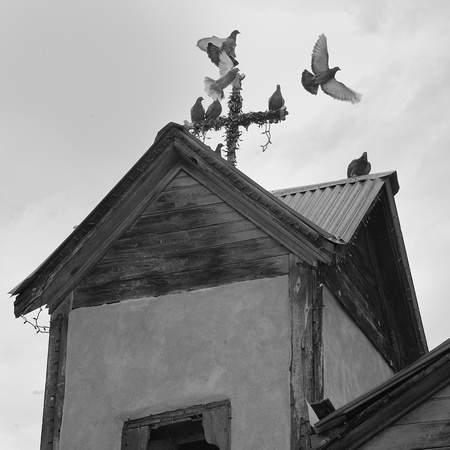This is an excerpt from the book "Photography in Worship ... the art and science of iconic imagery" by Mike Overlin
The word icon in its purest form refers to a piece of religious art. It is based on the Greek word for “image,” and so the subtitle of this book, “The art and science of iconic imagery” is particularly suited to the things we will be discussing. Icons originated in the early Eastern Church, and represented a sacred personage, such as Christ or a saint or angel. They were usually painted on a wood surface, and were often venerated as sacred themselves. So an icon was typically an image, or representation, of what was being worshiped, and served as a focus point during worship. It is easy for me to understand the value of something that helps guide people in worship. After all, that is exactly what is happening in the church today, with contemporary music and all the other trappings that make up a modern worship service in the 21st century. These elements guide us as a congregation in the act of worship, and imagery can do the same. Beautiful art can touch us just as profoundly as a worshipful song or a well-crafted sermon can. Which brings us to an interesting point.
There has long been debate as to whether photography is actually art. I suppose believing it is not is easy to understand if you think of photography as simply holding a camera and pushing a button, but I am pretty sure that even now, in the first chapter of this book, you may be realizing that this is not the case at all. The art that is photography is quite obvious when the world is seen through the lenses of some of the pillars of photography, like Ansel Adams, Alfred Stieglitz, or Edward Weston, as well as any number of great contemporary artists like Jack Dykinga or Annie Leibovitz. These photographers and thousands more like them have made an art form out of seeing the world in a certain way and then conveying that vision to their audience. Although we will be putting great emphasis on the tools of photography, it will become very obvious that most of what makes photography art takes place in the eyes of the artist: you—the photographer.

